Brahms Piano Quartets
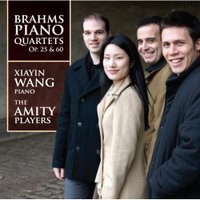 Xiayin Wang, piano; Amity Players
Xiayin Wang, piano; Amity PlayersMarquis 774718-1377-2-2 (73 min 47 s)
*** $$$$
Labels: brahms, chamber, classical CDs, english, piano, product_review, quartet, strings
 Xiayin Wang, piano; Amity Players
Xiayin Wang, piano; Amity PlayersLabels: brahms, chamber, classical CDs, english, piano, product_review, quartet, strings
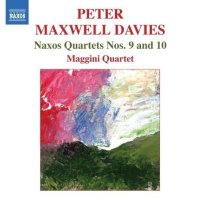 Maggini Quartet
Maggini QuartetLabels: classical CDs, français, Maxwell Davies, product_review, quartet, strings
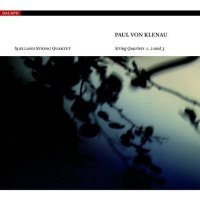 Sjaelland String Quartet
Sjaelland String QuartetLabels: classical CDs, français, product_review, quartet, strings
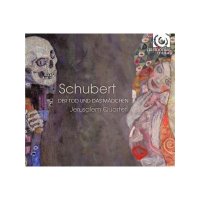 Jerusalem Quartet (Alexander Pavlovsky, Sergei Bresler, violin; Amichai Grosz, viola; Kyril Zlotnikov, cello)
Jerusalem Quartet (Alexander Pavlovsky, Sergei Bresler, violin; Amichai Grosz, viola; Kyril Zlotnikov, cello)Labels: classical CDs, english, product_review, quartet, schubert, strings
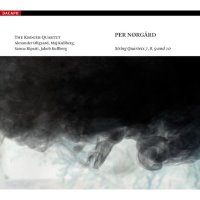 The Kroger Quartet
The Kroger QuartetLabels: classical CDs, français, norgard, product_review, strings
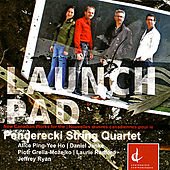 Penderecki String Quartet
Penderecki String QuartetLabels: classical CDs, english, product_review, strings